Health And Fitness: What Is Physical Fitness?
Whether you are a beginner taking the first step towards fitness or an athlete hoping to excel, you need to have a well rounded fitness training programme. Fitness is not just about achieving a certain level but actually consists of five equally-important facets. Very often the pitfall of both athletes and beginners is thinking that only one form of exercise that they specialise in or like doing is adequate to achieving their fitness goal, with m...Read More
Whether you are a beginner taking the first step towards fitness or an athlete hoping to excel, you need to have a well rounded fitness training programme. Fitness is not just about achieving a certain level but actually consists of five equally-important facets. Very often the pitfall of both athletes and beginners is thinking that only one form of exercise that they specialise in or like doing is adequate to achieving their fitness goal, with most of the general population thinking that having the right weight is equivalent to being fit.
*Images courtesy: ? Thinkstock photos/ Getty Images


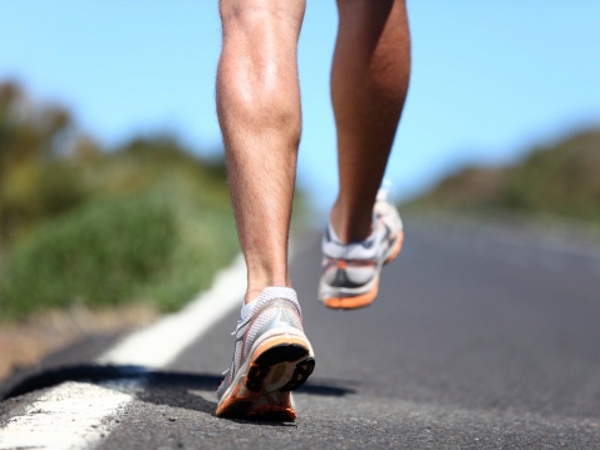
Health and Fitness: What is Physical Fitness?
There are five components to being fit, all equally important for a normal healthy lifestyle. Even if you are an athlete, you require all five but depending on the demands of the sport the focus areas differ. For example, a weightlifter requires a different kind of fitness regime, compared to a runner.
The five elements of fitness are:
1) Cardiovascular fitness
2) Muscular Endurance
3) Muscular Strength
4) Flexibility
5) Body Composition
ALSO READ: How is Exercising Different from Physical Activity?

Health and Fitness: What is Physical Fitness?
Cardiovascular fitness: This is the body's ability to deliver oxygen and nutrients to tissues and to get rid of waste. Cardiovascular endurance can also be referred to as cardiovascular fitness, aerobic fitness and cardio-respiratory fitness. You can define cardio-respiratory endurance as the ability of the heart to pump blood rich oxygen for the functioning of muscles. It helps to determine whether the heart and lungs are working in coordination. The ability to remain fit without easily feeling tired or fatigued during physical exercise measures the physical fitness.
Cardiovascular activities are performed in the presence of oxygen and are therefore referred to as aerobic exercises. Typical cardio exercises/activities are swimming, spinning, treadmill run, walking, jogging, dance, aqua aerobics, cross training, trekking, rock climbing and step aerobics, to name a few.
Assessment: The 1.5 mile run test, the 1 mile walk test and cycle ergometer test are commonly used tools to assess one¡¯s aerobic fitness. For details of these tests, google them.
ALSO READ: Physical Activity: Top 20 Simple Ways to be Active

Health and Fitness: What is Physical Fitness?
Muscular Endurance: Muscular endurance is defined as the ability of the body to perform repeated exercises without getting tired quickly/easily. If a person can perform a high number of repetitions of a particular ¡°strength training¡± exercise, then it means that the person has good muscular endurance.
Strength-training exercises include exercises with a resistance band, TRX, yoga exercises and free weight exercises using your own body weight, other than lifting dumbbells and working out on specific machines designed with the overloading principle.
Assessment: Partial curl up test and push up test.
ALSO READ: Measure Your Fitness Level
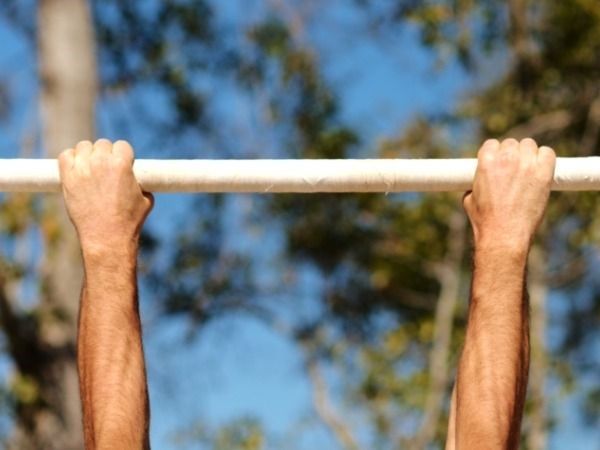
Health and Fitness: What is Physical Fitness?
Muscular Strength: It is the combined strength of muscles, bones, tendons and ligaments. It is the ability of a skeletal muscle or a group of skeletal muscles and related parts (such as tendons and ligaments) to perform against a given load within a stipulated time. This can be improved with resistance training exercises using barbells and dumbbells on specific machines designed with the load.
Assesment: One ¨CRep max. Can be assessed with a bench press or a leg press.
ALSO READ: How to Condition Your Body for Fitness Performance
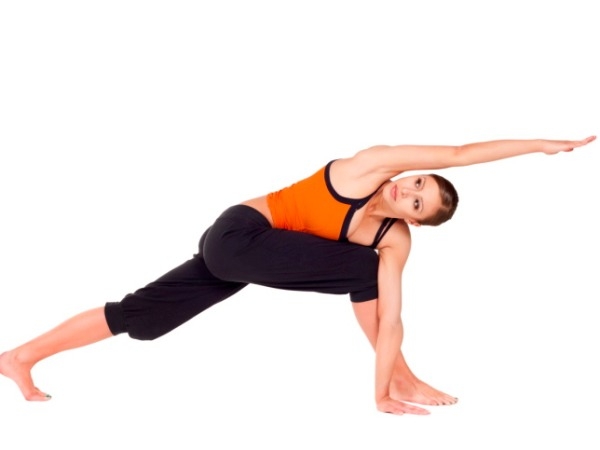
Health and Fitness: What is Physical Fitness?
Flexibility: Is the ability to move your muscles and joints in a complete range of motion. Adequate flexibility is necessary to prevent injuries. The ideal posture of the body is maintained only if the body is flexible. An improper posture can lead to aches and pains and sometimes to even more serious problems like a slip-disc while performing simple tasks like picking up an object from the floor.
Assessment: A very simple test called the YMCA sit-n-reach test can be done to asses your flexibility. This test will be helpful to asses the flexibility of your hamstrings, hip and lower back.
ALSO READ: Yoga Postures for Mobility and Flexibility
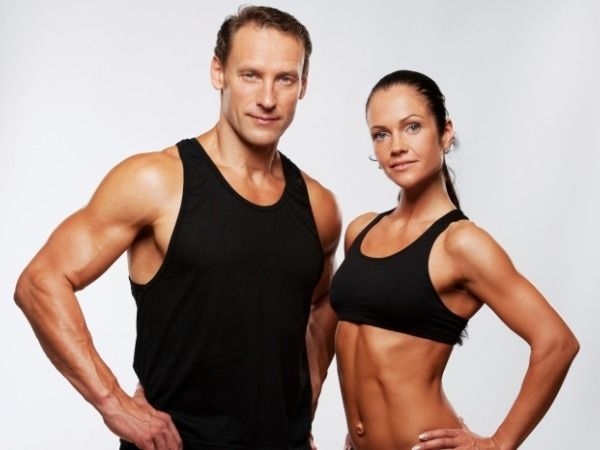
Health and Fitness: What is Physical Fitness?
Body Composition: Body composition is the proportion of fat and lean muscle mass in a person¡¯s body and it takes into account the individual¡¯s body type (whether endomorphic, ectomorphic, etc), gender, height, weight, body frame? and age. More than pure weight, it is the proportion of lean mass to body fat that is a more important number to track and set goals for. Less fat and more lean mass is the sign of a healthy and fit body.
ALSO READ: What¡¯s Healthy: Lean Muscle or Bulky Muscle?
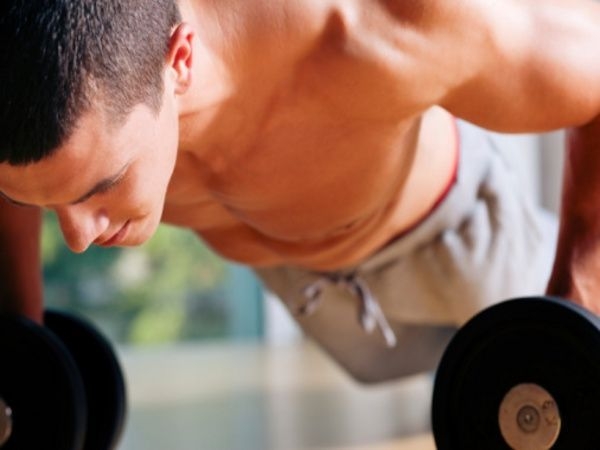
Health and Fitness: What is Physical Fitness?
Importance of the 5 components:
No one component is more important than the other and, in fact, are interdependant on each other for their achievement. For example, to achieve muscular endurance and strength you need good cardio strength to enable the heart to efficiently deliver oxygen and nutrients to the muscles. Without adequate flexibility one can get injured while doing heavy exercises.
ALSO READ: Endurance Workout: What is Endurance Training?

Health and Fitness: What is Physical Fitness?
A person with a higher than required level of fat but with good strength in cardiovascular endurance and flexibility may not be able to push his or her body weight beyond a certain limit, due to lower muscle endurance. This would hamper normal healthy lifestyle activities such as walking with shopping bags in the market, doing normal chores, climbing a hill etc.
Someone trying to lose weight may only focus on a cardio and a diet regime, but that¡¯s not enough. Weight-training is designed to increase/improve muscle strength, shape, size and endurance and ensures that you burn more calories even when you are resting and increases your musculoskeletal strength.
ALSO READ: Cardiovascular Diseases: Top 5 FAQs on Triglycerides Answered

Health and Fitness: What is Physical Fitness?
Ways to achieve all 5 fitness components:
The first step is to understand your exercise routine and which of the 5 elements of fitness it addresses. Having understood this actively include the missing elements in your weekly exercise plan. It is important that you cover all elements in the time frame of one week (and not longer). For example, if your current routine does not address flexibility enough, then try to add some flexibility elements/exercises to your daily routine or at-least every second day. Doing yoga for flexibility once in 15 days will not help.
ALSO READ: Fitness Facts All Women Must Know
<p>Pooja Bhargava is an ACSM( American council of sports medicine) and IIFA(Indian institute of fitness administration) certified Personal Trainer, Nutrition Consultant and Physical Fitness expert. She is also the founder and CEO of Fitness U and Nutrition (F.U.N), Mumbai, since April 2011.</p>
Read More







